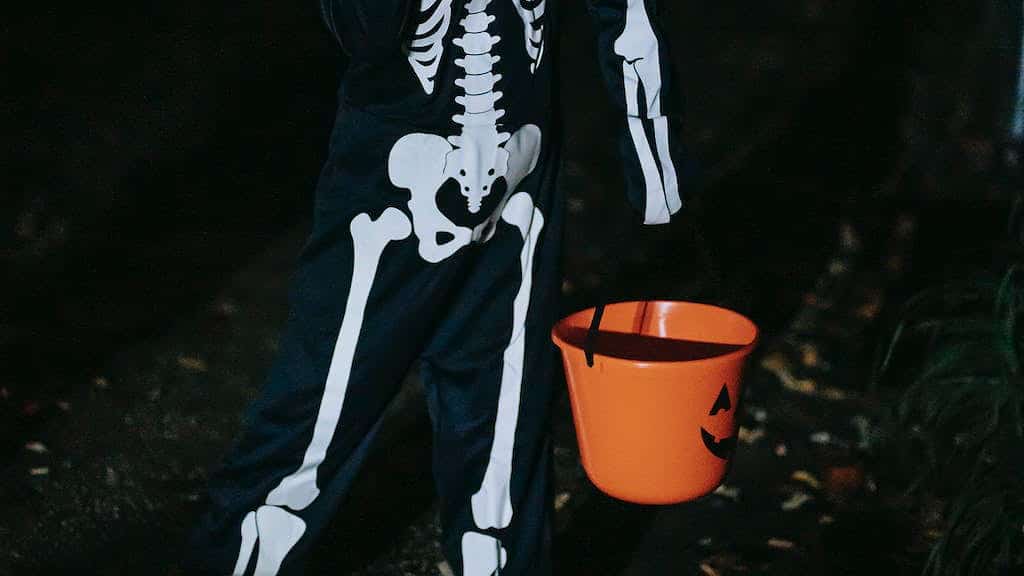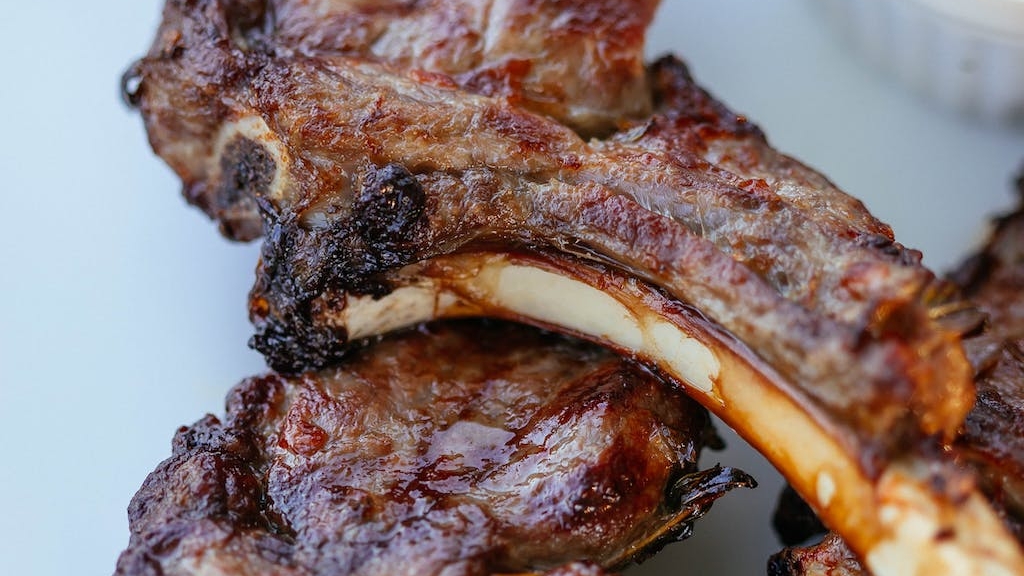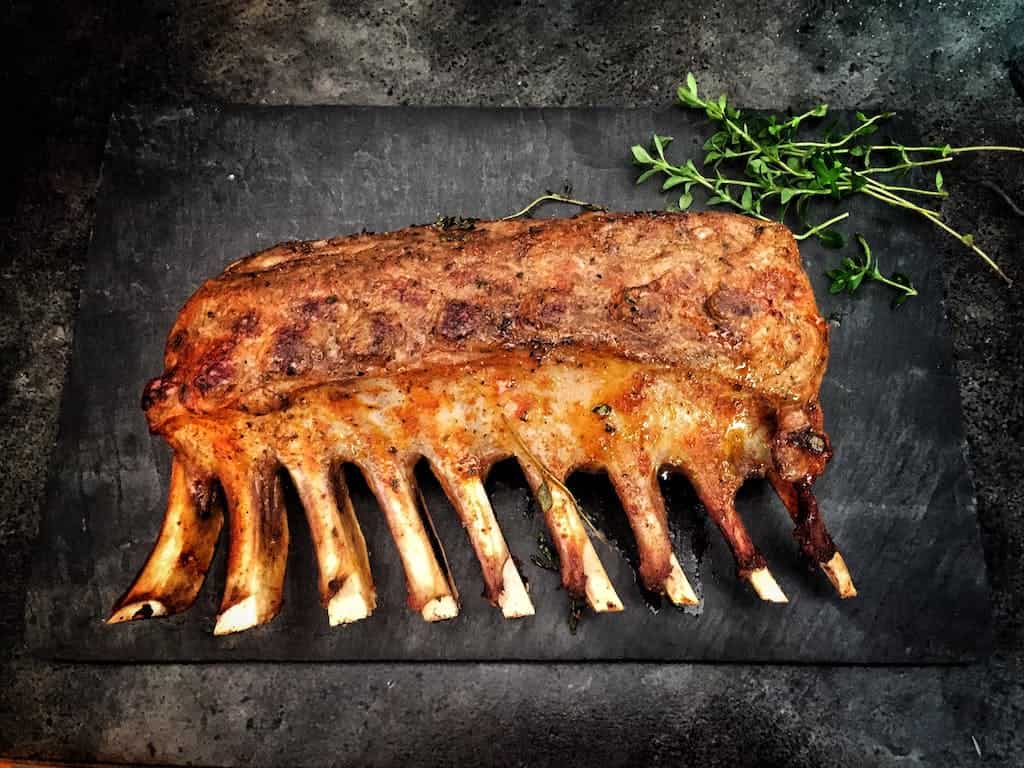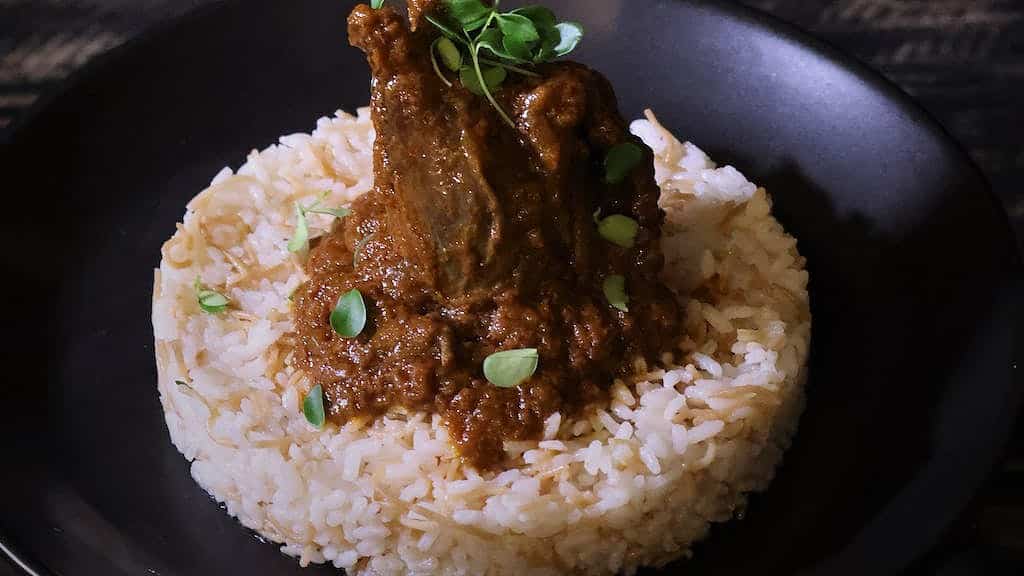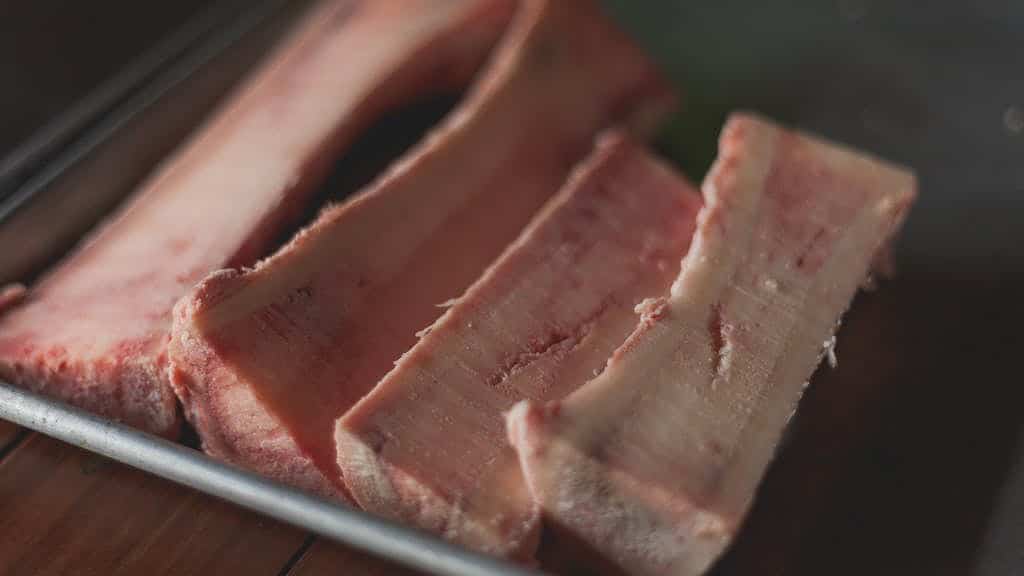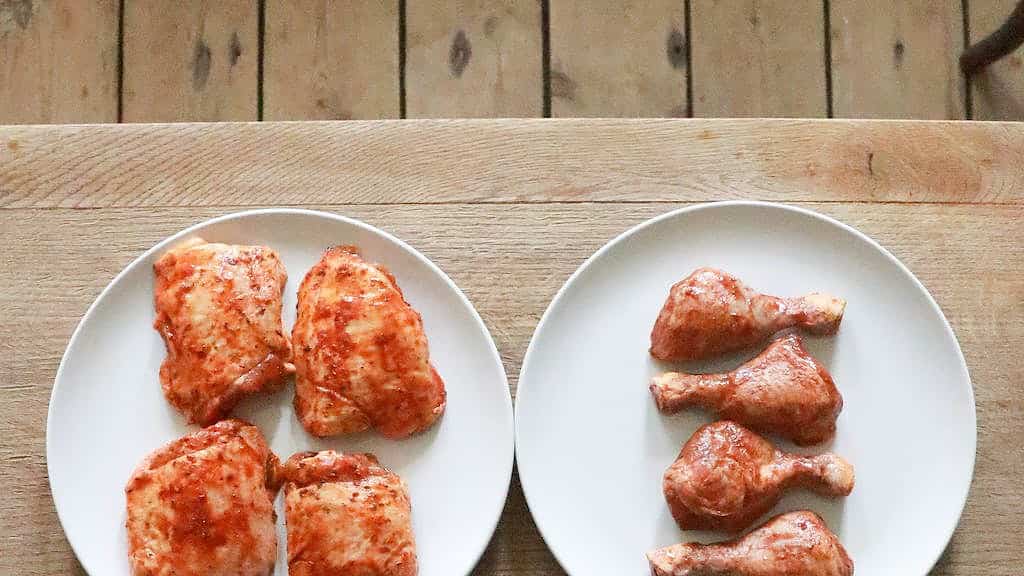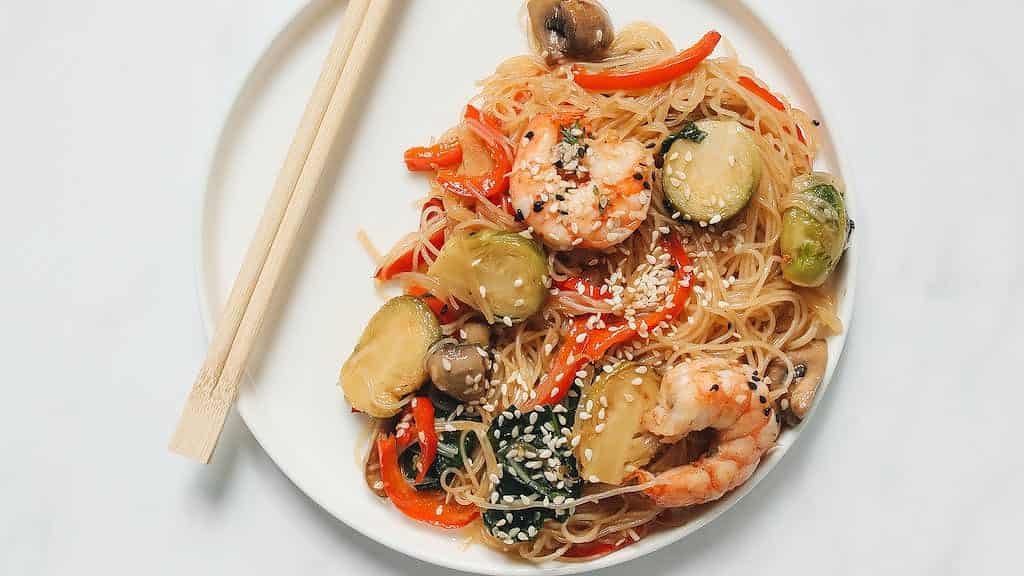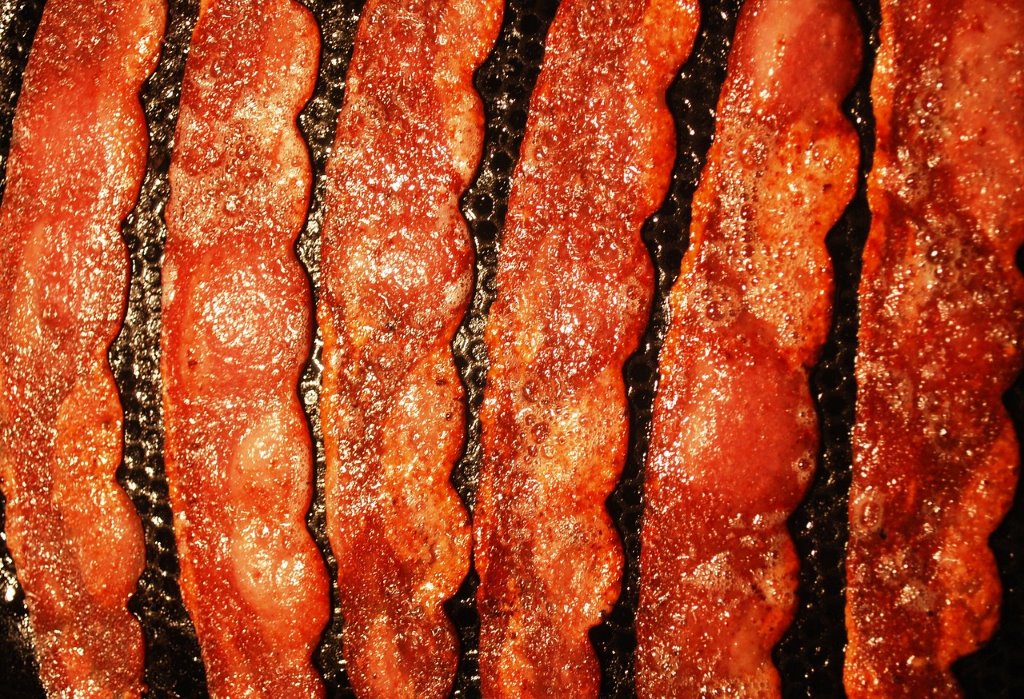Key Takeaways
- A dog should never be given a rib eye bone as it can be dangerous and pose several risks to their health.
- The bones from rib eye can splinter easily, leading to potential choking hazards or damage to the digestive tract when swallowed.
- If a dog ingests a rib eye bone, it is crucial to monitor them closely for any signs of discomfort or distress such as vomiting, lethargy, or changes in appetite.
- Contacting a veterinarian immediately is recommended if a dog consumes a rib eye bone to ensure proper evaluation and potential treatment.
- Providing safe alternatives like appropriate chew toys or bones specifically designed for dogs is a better option to satisfy their natural chewing instincts.
Summary
Can a dog eat a rib eye bone? While dogs are naturally inclined to chew on bones, feeding them rib eye bones can be risky. This article explores the potential dangers and consequences of giving rib eye bones to dogs. It discusses the risks of splintering and causing intestinal blockages, as well as alternative options for promoting dental health and satisfying a dog’s natural chewing instincts. If you’re concerned about your dog’s safety and want to learn about safe and healthy alternatives to feeding rib eye bones, this article is a must-read.

Is it safe for a dog to eat a rib eye bone?
While dogs are natural carnivores and love to chew on bones, feeding a rib eye bone to your furry friend can be risky. Rib eye bones, like most cooked bones, can splinter and cause serious harm to your dog’s digestive system. The shards can puncture the intestines or get stuck in the throat, leading to choking or even internal bleeding. It’s crucial to prioritize your dog’s safety and find safer alternatives for satisfying their chewing instincts.
Potential dangers of feeding a rib eye bone to your dog
Feeding your dog a rib eye bone poses several potential dangers. The sharp splinters that can break off from cooked bones may damage the delicate tissues in their mouth, throat, stomach, or intestines. Moreover, bone fragments can cause constipation, blockages, or even perforation in their digestive tract. Additionally, consuming a large bone can lead to pain, discomfort, and possible injuries when attempting to chew or swallow it. It’s essential to understand these risks and avoid them to ensure your pet’s well-being.
Safe alternatives for satisfying your dog’s chewing needs
Instead of giving your dog a rib eye bone, consider safer alternatives to satisfy their chewing instincts. High-quality dog chews made from natural materials, such as rawhide, antlers, or specially-designed dental chews, offer a safer and healthier option. These alternatives are specifically designed to be digestible and less likely to splinter, reducing the risk of harm to your dog’s digestive system. Always consult with your veterinarian to find the most suitable and safe chewing toys or treats for your beloved pet.
What to do if your dog accidentally consumes a rib eye bone
If your dog accidentally consumes a rib eye bone, monitor their behavior closely for any signs of distress or discomfort. Watch out for symptoms like vomiting, diarrhea, stomach pain, or difficulty in defecation. Should you notice any abnormal behaviors, contact your veterinarian immediately for guidance. In some cases, an X-ray may be necessary to determine if there are any fragments stuck in their stomach or intestines. Prompt medical attention can help prevent any potential complications and ensure your dog’s health and well-being.
Understanding the anatomy of bones dogs can safely consume
Not all bones are off-limits for dogs. Raw and uncooked bones, such as raw beef or poultry bones, can be given to dogs under supervision. These types of bones tend to be softer, less likely to splinter, and can even provide additional nutrients. However, it’s crucial to consult your veterinarian, as individual dogs’ dietary needs and tolerance may vary. Furthermore, always ensure the bone is an appropriate size for your dog and avoid small bones that can be a choking hazard.
Education on the dangers of feeding cooked bones to dogs
It’s important to spread awareness about the dangers of feeding cooked bones to dogs. Many pet owners may unknowingly offer their furry friends cooked bones, thinking it’s a natural treat. Sharing information on the potential risks of bone splintering, choking, and digestive system injuries can help prevent harm to dogs. Promoting safe alternatives, responsible pet ownership, and consulting with veterinarians are essential steps to ensure dogs receive appropriate and healthy treats to enjoy their chewing habits without unnecessary danger.
Recipes and Alternatives to a rib eye bone for dogs
Dogs should not be given rib eye bones as they can pose a choking hazard and may splinter, causing injury to the dog’s mouth, throat, or digestive system. It is important to prioritize the safety and well-being of our furry friends. Instead, here are some alternative foods that are safe and healthy for dogs:
- Lean cuts of cooked meat (such as chicken or turkey)
- Raw or cooked vegetables (carrots, green beans, or sweet potatoes)
- Plain, cooked rice or pasta
- Plain, unsalted peanut butter
- Plain, unsweetened yogurt
Can a Dog Eat a Rib Eye Bone? – FAQ
1. Is it safe for dogs to eat rib eye bones?
No, it is not safe for dogs to eat rib eye bones. Rib eye bones, or any cooked bones for that matter, can pose serious health risks to dogs. These bones are prone to splintering, which can cause choking hazards, internal injuries, or blockages in the digestive system.
2. Why are cooked bones dangerous for dogs?
Cooked bones become brittle and are more likely to splinter when chewed. The sharp fragments can cause lacerations in the mouth, throat, or digestive tract. Additionally, small pieces of bone can get stuck in the dog’s teeth, leading to various dental problems.
3. Are there any alternatives to feeding rib eye bones?
Avoid giving your dog rib eye bones altogether. Instead, provide them with safe and appropriate chew toys specifically designed for dogs. There are many durable and non-toxic chew toys available in pet stores or online that can satisfy their chewing needs without any health risks.
4. Can dogs eat raw bones?
Feeding raw bones can be a controversial topic among dog owners. While some proponents claim it can be safe, others argue it still carries risks. It is crucial to consult with your veterinarian before introducing any raw bones into your dog’s diet. They can advise you on the best options and help ensure the safety of your pet.
5. What are the potential consequences of a dog eating a rib eye bone?
If a dog consumes a rib eye bone, they may experience various health issues such as choking, mouth or throat injuries, gastrointestinal blockages, internal bleeding, or perforations in the stomach or intestines. These can lead to severe pain, discomfort, and may even require surgical intervention.
6. What should I do if my dog accidentally ingests a rib eye bone?
If you suspect or witness your dog swallowing a rib eye bone, it is essential to contact your veterinarian immediately. Do not induce vomiting or try to remove the bone yourself as it can cause further harm. Your vet will be able to guide you on the necessary steps to ensure your dog’s safety.
7. Are there any bones that are safe for dogs?
Yes, there are some bones that are safe for dogs to chew on. However, these bones are typically raw, meaty bones specifically meant for canine consumption. Examples include raw chicken wings, raw beef marrow bones, or raw lamb ribs. It is always best to consult with your veterinarian to determine the appropriate bones for your dog and ensure they are consumed in a controlled manner.
8. How can I satisfy my dog’s chewing needs without bones?
There are several safe alternatives to bones that can help satisfy your dog’s natural chewing instincts. Consider offering them commercially available chew treats, rubber chew toys, or puzzle toys designed to keep them mentally stimulated. Regular playtime, exercise, and interaction with you can also be effective in preventing destructive chewing behavior.
9. Can feeding bones to dogs improve their dental health?
Contrary to popular belief, feeding bones to dogs does not necessarily improve their dental health. While chewing may help remove some plaque and tartar, it is not a substitute for regular dental care. Brushing your dog’s teeth daily with a dog-friendly toothpaste and having regular dental check-ups with your veterinarian are the most effective methods to promote good oral hygiene in dogs.
10. Is it better to be cautious and avoid feeding any sort of bones to my dog?
Yes, it is
Conclusion
While dogs are known to be able to eat bones, rib eye bones can be dangerous for them. The splintering nature of rib eye bones can lead to serious injuries, such as blockages or perforations in the digestive system. It is best to avoid giving your dog rib eye bones altogether, as there are plenty of safer alternatives available, like specially designed chew toys or bones recommended by veterinarians. Always prioritize your dog’s safety and well-being, and consult with a veterinarian if you have any concerns about their diet or potential hazards. Remember, it’s better to be safe than sorry when it comes to your furry friend!
📚 Sources:
